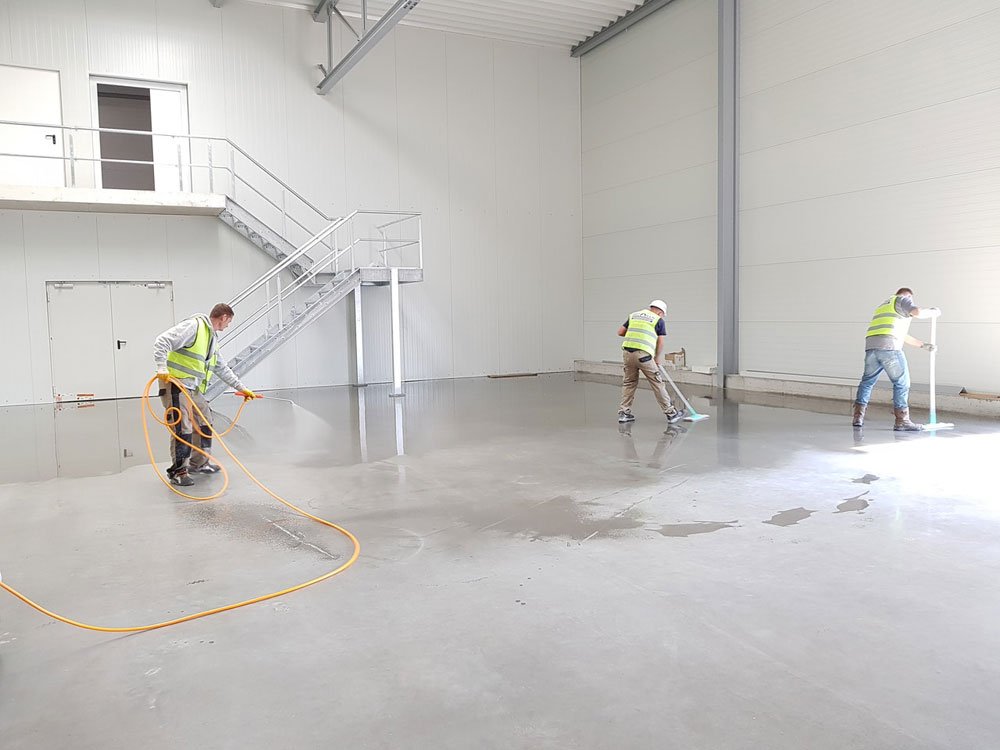When it comes to creating a visually appealing and functional space, interior and exterior design are essential. Transforming your vision into reality requires creativity, careful planning Interior & Exterior, and attention to detail. Whether you’re focused on refining indoor spaces with a comfortable and stylish layout or designing the perfect outdoor area, mastering these techniques can make a world of difference.
Understanding Interior & Exterior Design Basics
The core of interior and exterior design lies in harmonizing aesthetic appeal with functionality. Both areas serve distinct purposes but require similar design principles to create a balanced environment that is visually pleasing and functional.
- Interior Basics: This focuses on creating indoor spaces that are both practical and visually appealing. Key elements include furniture arrangement, color schemes, lighting, and décor.
- Exterior Design: Exterior design considers outdoor spaces, incorporating landscape design, architectural elements, and outdoor furnishings to establish a cohesive and inviting atmosphere.
Steps to Mastering Interior Design Techniques
Designing a well-organized, appealing interior is a blend of art and science. Here’s how to master interior techniques that transform your indoor space.
1. Focus on Functionality First
Before diving into color schemes and furniture, assess the functionality of each space. Rooms should support the activities within them, whether it’s a cozy living room for relaxation or a productive workspace. Place furniture in a way that encourages easy movement and creates a comfortable flow.
2. Choose the Right Color Palette
Color can influence the mood of a room more than any other element. Light colors, such as whites and pastels, can make small spaces feel larger and brighter, while darker colors add warmth and coziness to larger rooms. Consider the room’s purpose when selecting colors, as warm tones may work better in social spaces, while cool tones promote calmness in bedrooms.
3. Incorporate Lighting Strategically
Good lighting can bring a room to life. For a well-lit space, layer three types of lighting: ambient (overall room lighting), task (focused lighting for specific areas), and accent (lighting for aesthetic appeal). Natural light is invaluable, so make the most of windows and skylights where possible.
4. Select Furniture and Décor Thoughtfully
Choose furniture that complements the scale of the room and fits the overall design aesthetic. Opt for quality pieces that provide comfort and durability, especially in high-use areas like living rooms and dining spaces. Decor items like rugs, throw pillows, and artwork add personality to the space but avoid overcrowding the room for a balanced, cohesive look.
5. Add Personal Touches
Personal items, such as family photos, unique art, or handcrafted pieces, bring warmth to any interior space. They make the space feel inviting and more reflective of your personality and lifestyle.
Exterior Design Techniques for a Stunning Outdoors
Creating a striking exterior involves more than just choosing plants and placing furniture. Here’s how to enhance the look of your outdoor space:
1. Define Your Outdoor Zones
Just as with interior spaces, defining different zones for various activities in your outdoor area creates purpose and organization. For example, you might designate an area for dining, lounging, and gardening. This gives a clear flow to your outdoor space.
2. Utilize Textures and Layers in Landscaping
Landscaping involves layering plants and other elements to add depth and texture to the yard. Mix different types of plants, colors, and heights to create visual interest. You can also use stone paths, gravel, and wood decking to add texture and a sense of sophistication.
3. Choose Durable Furniture and Accessories
Outdoor furniture should be both stylish and durable to withstand the elements. Opt for weather-resistant materials such as treated wood, metal, or high-quality plastic. Additionally, accessorize with cushions and outdoor rugs that are fade- and moisture-resistant for comfort and style.
4. Pay Attention to Exterior Lighting
Exterior lighting enhances both safety and aesthetics. Use pathway lights to illuminate walkways, uplights to highlight trees, and string lights for a cozy ambiance. Solar lights are an eco-friendly option that can add charm without increasing electricity costs.
5. Maintain Regular Cleaning and Upkeep
The key to a pristine outdoor area is maintenance. Regular pressure washing of patios, walkways, and exterior walls can help prevent buildup of dirt and debris. Premier Pressure Washing Services offers expert pressure washing and exterior cleaning solutions that keep your outdoor areas looking fresh and inviting.
How Interior & Exterior Designs Work Together
To achieve a cohesive look, it’s crucial for the interior and exterior designs to work together. For instance, if your interior decor features rustic elements, you may choose similar finishes for your outdoor furniture or landscape accents. This consistent style provides a smooth transition from indoor to outdoor spaces, creating a unified and harmonious home environment.
Bringing It All Together
Designing both interior and exterior spaces can seem daunting, but with a clear vision and organized approach, it’s possible to bring any concept to reality. Start with functional goals, choose elements that resonate with your style, and consider professional help when necessary. Companies like Premier Pressure Washing Services can assist with essential cleaning and maintenance, helping keep your spaces as stunning as the day they were created.
Achieving the perfect balance between form and function in interior and exterior design takes time, but the results are well worth it. Enjoy the process, experiment with different styles, and watch as your spaces transform into areas that truly reflect your personality and vision.
